#Ferrari 250 LM Prototipo
Explore tagged Tumblr posts
Text

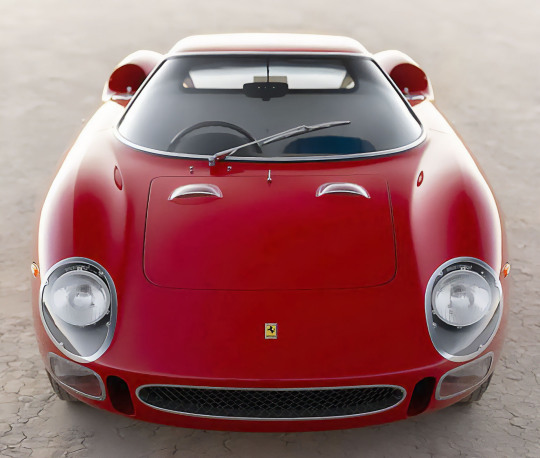

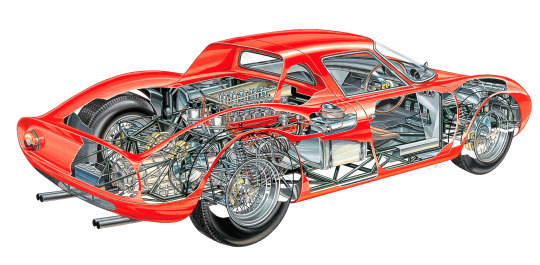

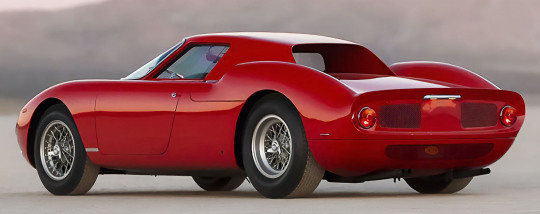
Ferrari 250 LM Prototipo, 1963. Designed at Pininfarina this was Enzo Ferrari's blatant attempt to flout FIA rules and race the mid-engined car in the Group 3 GT class without the requisite 100 road cars being built. Ferrari's influence with the FIA wasn't as great as he had hoped and the car was disallowed and could only race in the prototype class.
#Ferrari#Ferrai 250LM#mid-engine#Ferrari 250 LM Prototipo#Prototype#1963#race car#track car#Group 3#V12#Pininfarina
648 notes
·
View notes
Text




Ferrari 250 LM Prototipo 1963 Design by Pininfarina. - source Victor Dos Santos.
255 notes
·
View notes
Photo
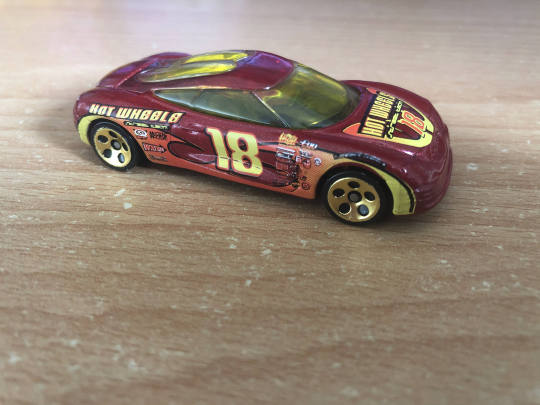
That Time Forgot: Chrysler Thunderbolt
I have a thing for old concept cars and castings Hot Wheels appears to have forgotten about over the years. So, why not combine them into a single segment? Our first installment of this segment talks about the Chrysler Thunderbolt, Chrysler’s halo car design for the 1990s that never came to be. I got the idea for this from a Motor1 segment that runs every so now and then known as “Concept We Forgot”, so might as well credit it now before we get on with it.

The Thunderbolt was a front-mid-engined concept car designed in 1993 by GM designer Tom Gale, intended to be Chrysler’s halo car. According to Neil Walling, Chrysler's director of advanced and international design at the time, DaimlerChrysler had a program where they wanted to do a car that would be the epitome of each of their marques; these marques were Plymouth, Dodge, Jeep, and of course, Chrysler. The cars that came out of this design program were the Plymouth Prowler, Jeep Ecco, Dodge Viper and the Chrysler Thunderbolt.
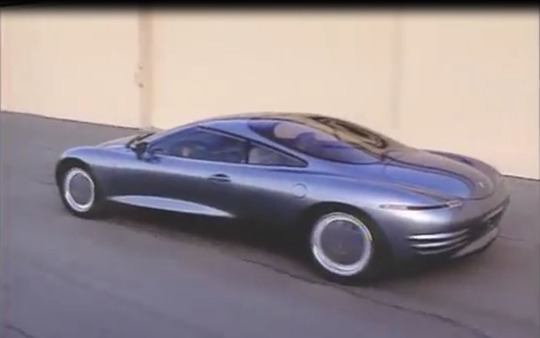
First presented at the 1993 North American International Auto Show in Detroit, the Thunderbolt stole the show at the DaimlerChrysler booth. The Thunderbolt was also fully functional; it was based on a lengthened LH platform that was used in the Concorde, Intrepid and 300M and was powered by an experimental 4.0L 32-valve V8 designed by Chrysler’s engineering chief at the time, François Castaing. The engine generated 270 BHP and was essentially a more advanced version of the engine found in the Eagle Optima. The transmission was a four-speed automatic, and ABS, four-wheel disc brakes and traction control were standard.

The car was hand-built by a company known as Metalcrafters, which took the car from a one-fifth scale model built by Chrysler to reality within a span of eight months. The car was built of real steel and glass, with no plastic or fiberglass to be found. The engine was stuffed in the front; one half of the engine was in the actual hood secton, with the other half under the dashboard, making this a front-mid-engined car. The lines of the Thunderbolt were made to be somewhat reminiscent of the original 1941 Thunderbolt concept, which this concept recycled the name of.

The interior for the Thunderbolt was highly advanced for the time, featuring power seats and enough legroom at the rear to comfortably seat four. An on-board infotainment system was also provided, including satellite navigation and a computer with video games. The cab forward design of the Thunderbolt helps to add to the legroom as well. At the rear, the car’s distinctive double bubble canopy also showed.
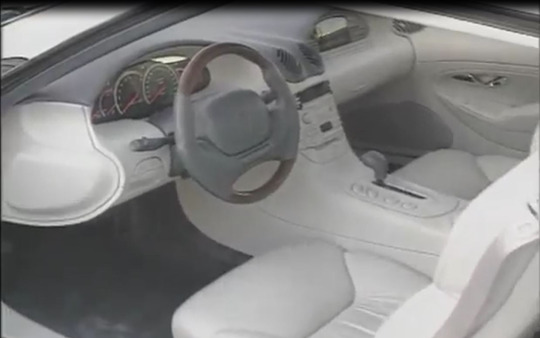
After being presented at the NAIAS in 1993, the car may have gone on to be displayed at a number of auto shows, before finding its permanent residence at the Walter P. Chrysler Museum; with the closure of the museum in 2016, however, the Thunderbolt was subsequently moved into storage, and its current location remains unknown.
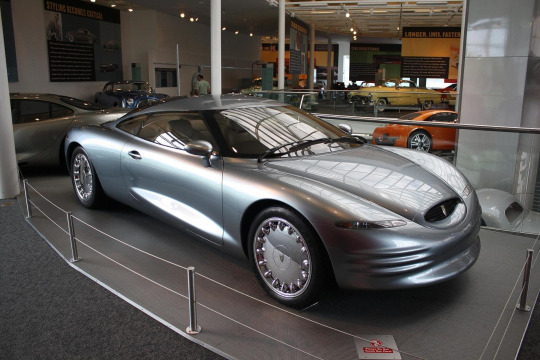
Now, about the casting. The small-scale Thunderbolt was designed by a man you may have heard of: Mark Jones. Jones originally joined Mattel in 1986 but began designing Hot Wheels around 1993; some of the castings he designed include the following:
• Bugatti Veyron (2003 First Editions, 2003 – 2010) • Corvette SR-2 (2002 First Editions, 2001 – 2012) • Enzo Ferrari (2003 First Editions, 2003 – 2014) • Ferrari 250 LM (2007 First Editions, 2007 – 2009) • Flathead Fury (2005 Acceleracers: Metal Maniacs, 2005 – 2016) • Ground FX (2003 First Editions, 2003 – Present) • Hyper Mite (2001 First Editions, 2001 – 2013) • Mazda 787B (2018 Car Culture: Circuit Legends, 2018 – Present) • Nissan Silvia (S15) (2018 HW Entertainment: Forza Motorsport, 2018 – Present) • Pipe Jammer (1993 First Editions, 1993 – 1996) • Prototipo Alfa Romeo B.A.T. 9 (2006 First Editions: Realistix, 2006 only) • Volkswagen Käfer Racer (2017 New Models: HW Speed Graphics, 2017 – Present)
Jones left the Hot Wheels design team circa 2005 to go to Matchbox’s design team to design cars for the Real Working Rigs and SkyBusters lines, only to return to Hot Wheels in 2014, where he currently designs for the mainline and Premium lines.
This small scale replica of the Thunderbolt was introduced in 1998, alongside thirty-nine other models, such as the ‘65 Impala, Tow Jam, Customized C3500, Mustang Mach 1 and the Dairy Delivery. It was introduced in a silver paintscheme replicating that of the real Thunderbolt, with purple windows. From my examination, the Thunderbolt’s sloping roof section is plastic and appears to be snapped onto the windows. The rear of the double bubble canopy features the Hot Wheels logo cast in.
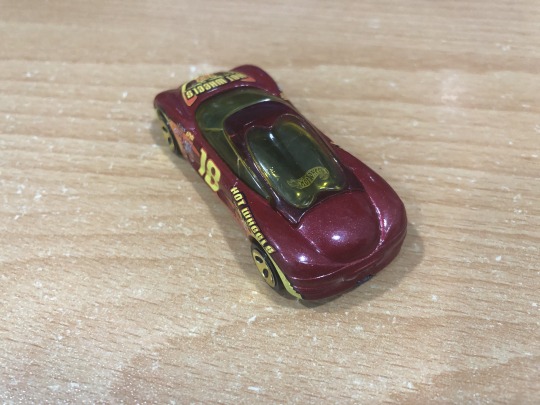
Sometime between 1999 and 2001, the base was changed, now featuring copyright information pertaining to the Dodge Car Company; it appears that it was around the ‘00s where copyright or trademark information pertaining to a car manufactured by a certain few manufacturers had to be added to the bottom of the base was mandated (i.e. “TM GM”, “DCC” or “Chrysler Group LLC”).

The casting received a total of eight releases, with the last release of this casting being in 2003 under the Highway 35: World Race series under the Wave Rippers team. Under its Wave Rippers guise, the car was given a number of embellishments in terms of specifications and performance figures; the cartoon version produces 670 BHP from an experimental V10 mated to conceal worm-drive propellers.
This casting has not been seen since its Wave Rippers release, although it was never officially retired under the Final Run Series (which has been on hiatus since 2006). It’s likely that this casting has been quietly retired, and will most likely never be seen again.
Now, I’m a big fan of the Thunderbolt, with its absolutely unique styling, but this was not easy to write about since the history of the Thunderbolt is so scattered. However, I hope this helps to provide the viewer with at least some history of the Thunderbolt, with all the various sources I could string up over the web.
- Grunty
1 note
·
View note
Text
Un nuevo Ferrari que reinterpretara por completo el concepto de prototipo deportivo, ese es el espíritu del último one-off de la Casa: el P80/C. Crear un coche así parecía un reto abrumador, pero también uno de esos proyectos que el Ferrari Styling Centre, dirigido por Flavio Manzoni, junto a los equipos de ingeniería y aerodinámica de Ferrari, estarían deseosos de abordar. Y así, trabajando codo con codo con el cliente, han acabado creando un nuevo «coche mítico», de esencia inimitable.

El objetivo era crear un prototipo deportivo moderno inspirado en algunos de los modelos más legendarios de la historia de Ferrari, como el 330 P3/P4 y el Dino 206 S de los años 60, coches de diseño tremendamente innovador en su época, que alcanzaron rápidamente la condición de iconos. Se trata de modelos que, aunque diseñados como coches de competición, tuvieron gran influencia más allá de los circuitos y fueron fuente de inspiración para una completa gama de Ferraris de carretera extremadamente elegantes.

Hasta la fecha, el proyecto P80/C ha tenido el período de desarrollo más largo de todos los proyectos one-off de Ferrari, ya que los trabajos en él comenzaron en 2015. ¿Por qué se ha empleado tanto tiempo? Pues porque el equipo ha necesitado mucho tiempo de investigación, tanto en diseño como en ingeniería. Todos y cada uno de los elementos relacionados con las prestaciones y la aerodinámica fueron analizados con gran meticulosidad, lo que ha convertido este coche en un caso verdaderamente único frente a los anteriores one-off de la Escudería.

Este tipo de proyectos suelen limitarse a reinterpretar, desde un punto de vista estilístico, un modelo actual de la gama de Ferrari. El P80/C es muy diferente: es un coche de competición puro, en el que resultaba fundamental alcanzar el máximo rendimiento. Esta elección inspiró al equipo de creadores no solo respecto a su diseño, sino también a la hora de elegir el modelo base, en este caso el Ferrari 488 GT3, toda una leyenda de la competición con un fabuloso rendimiento y con una distancia entre ejes también más larga (50 mm más que el 488 GTB), un regalo adicional para el equipo de diseño..

El Ferrari 488 tiene un diseño clásico con la cabina, si se observa de perfil, centrada en mitad del coche. El chasis del GT, en cambio, con su alargada parte trasera, permite dotar de mayor protagonismo a la parte delantera y conseguir un carácter mucho más agresivo. El exclusivo diseño del P80/C está tremendamente vinculado con los modelos clásicos de carreras de Ferrari como el 330 P3/P4, el Dino 206 S y el 250 LM.

Su sugestiva forma de cuña llama poderosamente la atención en la parte delantera y domina la vista lateral del coche. La forma de sus alerones, curvados y musculosos, se ve acentuada por los «contrafuertes» que se funden con las tomas de aire laterales de alimentación del motor y que dan la impresión de una cabina fusionada con la carrocería. Desde un punto de vista visual, además, la separación de la parte delantera de la trasera es muy inteligente.

El parabrisas tintado envolvente, por su parte, recuerda claramente a los emblemáticos prototipos deportivos del pasado, mientras que los arbotantes que convergen hacia el techo consiguen que la cabina tenga un forma similar a la de la visera de un casco de piloto de carreras. Como el P80/C solo se utilizará en la competición, sus diseñadores han contado con la libertad suficiente para prescindir de elementos esenciales en un coche de carretera.

Por ejemplo, los faros han desaparecido y, de hecho, se han reducido a simples ranuras que recuerdan las tomas de aire en la parrilla del 330 P3/P4. Una estrategia que se repite en la parte trasera del coche: el alerón trasero, de gran anchura para maximizar el rendimiento aerodinámico del coche, incorpora dos faros traseros que también parecen rejillas de ventilación, en perfecta simetría con el diseño frontal.

Gracias a su arquitectura estilo «catamarán», la carrocería trasera prácticamente desaparece, lo que permite mostrar completamente el tren de conducción. Una simple rejilla permite eliminar calor del compartimento del motor y un prominente difusor casi parece «flotar» en la parte trasera.

Al mismo tiempo, la cubierta cóncava del motor con sus rejillas de aluminio hace de nuevo referencia al mítico Ferrari 330 P3/P4. El P80/C está fabricado íntegramente en fibra de carbono, que se deja al descubierto allí donde las piezas tienen una función puramente técnica.

Por el contrario, la carrocería principal está pintada en Rosso Vero, un color rojo brillante muy característico, cuya denominación ha elegido el propio cliente, demostrando así su fidelidad no solo a la tradición de los prototipos deportivos de Ferrari sino también al color más representativo de la Casa.
Información proporcionada por Ferrari S.p.A.
El nuevo Ferrari P80/C Un nuevo Ferrari que reinterpretara por completo el concepto de prototipo deportivo, ese es el espíritu del último one-off de la Casa: el P80/C.
0 notes
Link
Follow @Formula1RD
!function(d,s,id) { var js,fjs=d.getElementsByTagName(s)[0]; if(!d.getElementById(id)) { js=d.createElement(s); js.id=id;js.src="//platform.twitter.com/widgets.js"; fjs.parentNode.insertBefore(js,fjs); } } (document,"script","twitter-wjs");

Ayer Ferrari ya nos avisaba de la llegada de un nuevo e impresionante one-off con un breve teaser y por fin tenemos aquí al protagonista. Su nombre es Ferrari P80/C y es el particular encargo de un cliente de la marca italiana enamorado de los sport prototipos del cavallino rampante de los años 60, cuando la marca italiana creó ejemplares como los 330 P3 y P4, el 350 Can Am, el Dino 206 SP o el 250 LM.

Este P80/C tiene mucho de aquellos coches pero en una versión moderna. De hecho se trata de un modelo nacido exclusivamente para la pista. Utilizando el actual Ferrari 488 GT3 como base los diseñadores e ingenieros de Ferrari han creado un coche con un afilado y aerodinámico frontal al que le sigue un inclinado parabrisas que crea una elegante silueta donde una extraña toma de aire tras las ventanilla es quizás el rasgo más diferenciador.

Atrás sin embargo nos encontramos con una zaga realmente agresiva donde un complejísimo difusor trasero que sobresale de la carrocería toma protagonismo, acompañado por un spoiler y un gran alerón trasero de diseño limpio justo encima y entre la cabina y la zona del motor otro pequeño alerón.

El hecho de que bajo esta nueva carrocería se esconda la base de un Ferrari 488 GT3 hace que este modelo sea aún más ancho que el modelo de calle, lo que le da aún más presencia. No hay detalles sobre sus prestaciones, aunque viendo su complejo trabajo aerodinámico, un desarrollo que se remonta a 2015 y dando por sentado que cuenta con el V8 biturbo 3.9 del GT3 debemos estar ante un Ferrari realmente veloz.

Tampoco se ha desvelado su precio, pero podemos imaginarnos que será de vértigo y sea como sea no vamos a poder tener uno porque este one-off tiene dueño desde hace tiempo, así que será mejor vivir con ese misterio.

La entrada Ferrari P80/C: homenaje único a los prototipos de los 60 del Cavallino aparece primero en Todo sobre autos y velocidad.
via Todo sobre autos y velocidad
0 notes
Text


Ferrari 250 LM Prototipo 1963 Design by Pininfarina. - source Victor Dos Santos.
37 notes
·
View notes